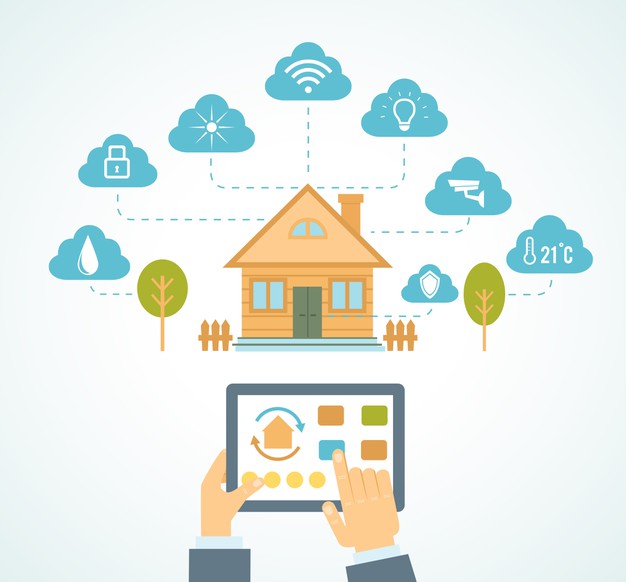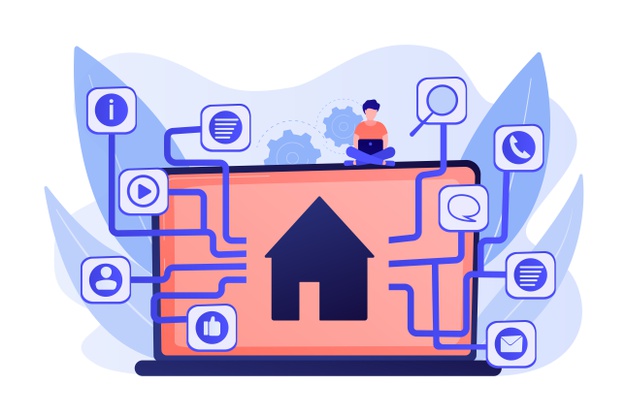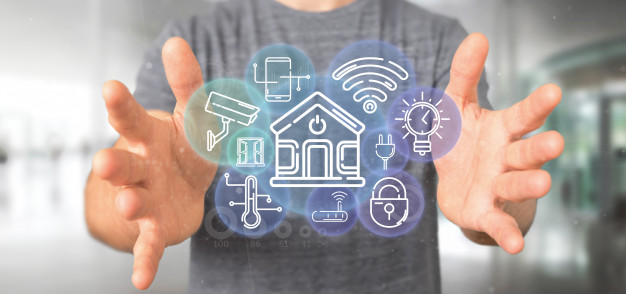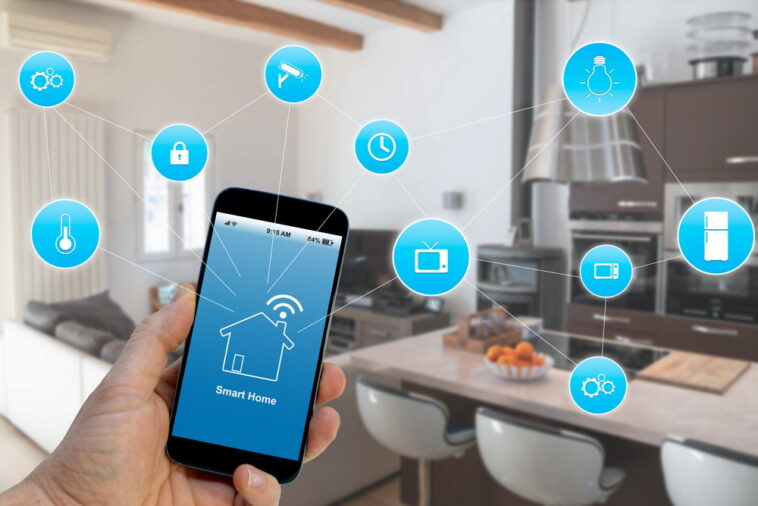It is nearly impossible to experience an event as life-changing as the coronavirus crisis without long-term, and often permanent, side effects. For example, some say that traditionally strong commercial real estate markets like New York and San Francisco will never recover the tenants lost to working at home. Along those same lines, will 2024 be the year of the smart home?
More people spending more time at home would seem to be the perfect scenario for pushing smart home technology. After all, the whole point of having a smart home is to make your dwelling more comfortable, efficient, and secure. These are things most people want if they plan on spending more time at home.
Emerging Interest in 2024

The numbers look promising for the smart home industry. According to Digital Trends, Google searches for smart vacuums surged last April and remained steady until a second spike in the fall. Digital Trends suggests a correlation between the start of the April surge and people having been stuck at home for just about a month.
Interest in smart vacuums was just the start. Interest grew in smartwatches, smart speakers, and other such devices in 2024. Market research cited by Digital Trends predicts the smart home market will be producing annual revenues of more than $96 billion just nine years from now. The research suggests annual growth in excess of 26% over the next decade.
It is quite likely that much of this growth would have been anticipated even without the coronavirus problem. But is it possible that continued worldwide panic over the virus has more people resigned to the fact that home will be where they spend most of their time for the foreseeable future? Absolutely. And the more who do, the more likely interest in smart home technology will increase.
What Makes a Home Smart?

All of this discussion on smart homes leads to a question: what makes a home smart? For that we turn to Vivint Smart Home, a nationwide provider of home security and automation services. They define a smart home as “a home that is equipped with technology to remotely control and automate household systems.”
Smart homes are technology-laden homes. Moreover, the technology is deployed for the express purpose of introducing automation that makes life more comfortable and convenient. Along the way, automation also saves money by controlling energy usage.
A typical smart home with a base package offers:
- a smart thermostat
- automated lighting
- a smart speaker
- one or two video cameras
- a video doorbell.
These five items are not the be-all and end-all of home automation, either. Virtually anything that runs on electricity can be automated to some degree. Some things can be automated more than others. If you were to install a base package and then decided you wanted more, you could automate the blinds on your windows based on your work schedule and the seasons.
You could automate exterior lighting, irrigation, your home entertainment system, and on and on. And of course, a lot of people are tying smart homes and automation into their security systems as well. A complete smart home package combines security with energy efficiency and the convenience of automation.
A Smart Speaker to Start

Vivint says that is not unusual for people to be introduced to the smart home concept by way of a smart speaker device like Amazon Echo or Google Home. A smart speaker acts like a virtual assistant capable of doing a variety of things on voice command.
Tell it to fetch the weather for you and it will do just that. Want to hear your favorite song? Just tell your smart speaker to play it and it will. The thing is that smart speakers are often purchased as novelty items. Yet once people discover how convenient they are, it doesn’t take much to get them interested in other smart devices.
This brings us back to the question of whether or not 2024 will be the year of the smart home. How many people with smart speakers have organically experimented with the limits of the technology as a result of spending so much time at home? Common sense seems to suggest a lot.
Speaking to Your Lights

If you are planning to spend days on end at home without any breaks, lighting has to be up to snuff. Think about it. We don’t often give consideration to lighting when we are out of the house for 8 to 10 hours a day, every day. A few lights here and there are sufficient. But now that we are all stuck at home, lighting is a much bigger issue.
A lot of people have discovered they can tie their smart speakers to their lights just by investing in a few inexpensive wireless switches. They have also discovered that automating their lighting is not hard. They buy the switches, install them in their lamps and light sockets, and give them permission to access the local wi-fi network. In mere minutes they are ready to control their lighting with voice commands.
How does this help? Imagine you are sitting at your home office working on daily reports. It is getting late in the afternoon and the room is starting to get dark. No need to get up and walk across the room to turn the lights on. Just speak. The lights go on and you don’t miss a beat.
Automated lighting is just one example of what a smart home can do. The same technology can make it possible for you to turn the TV on and off with your voice. You can use your phone to check video cameras in other rooms in the house. The possibilities are endless.
The fact that we are now all spending more time at home only gives us more opportunities to explore what smartphones can do. If the coronavirus crisis continues unabated, it is very possible that 2024 will be the year of the smart home.




